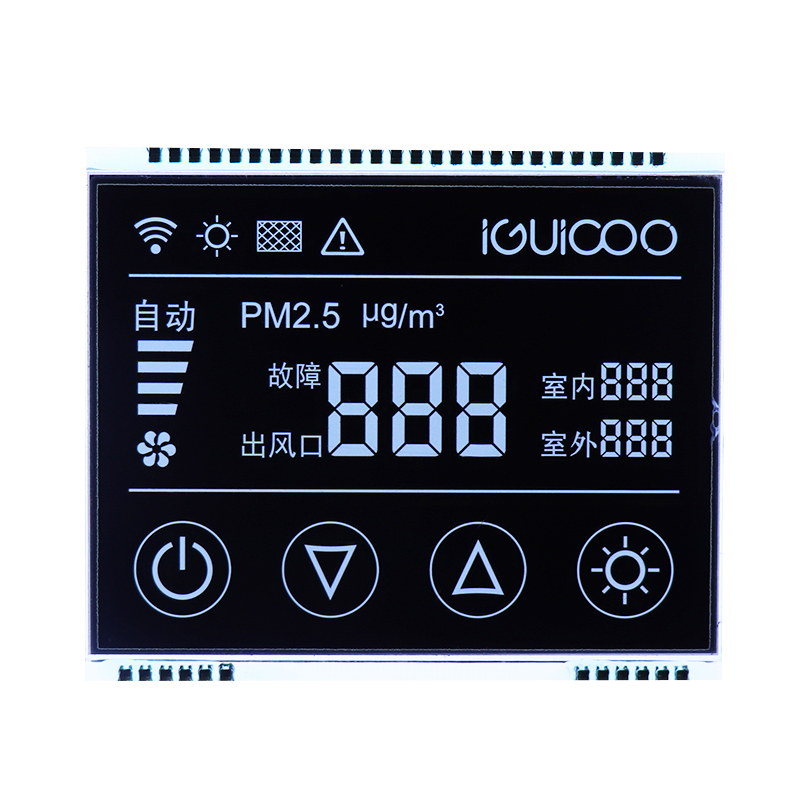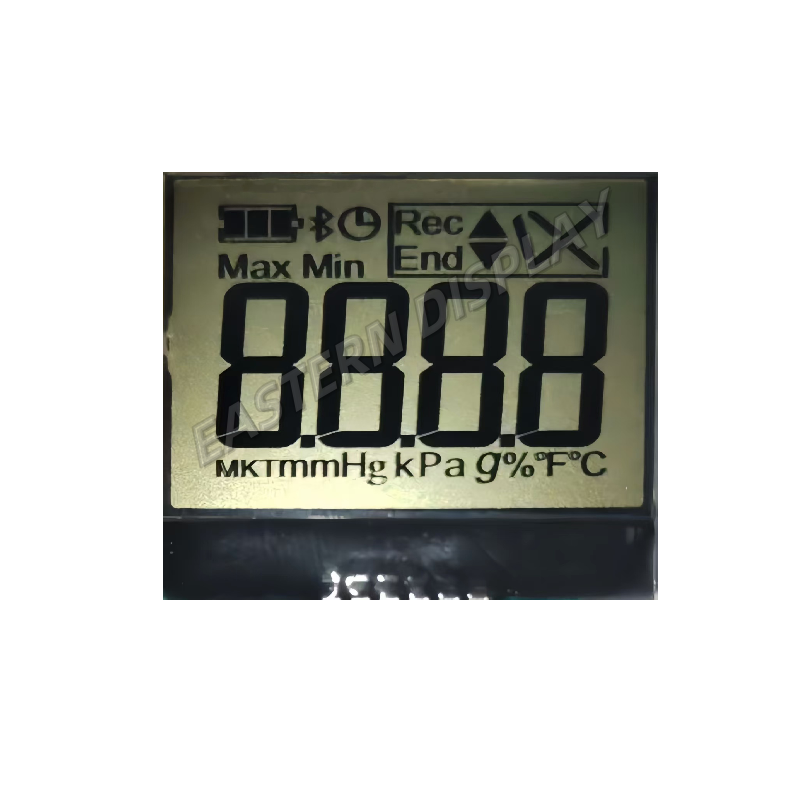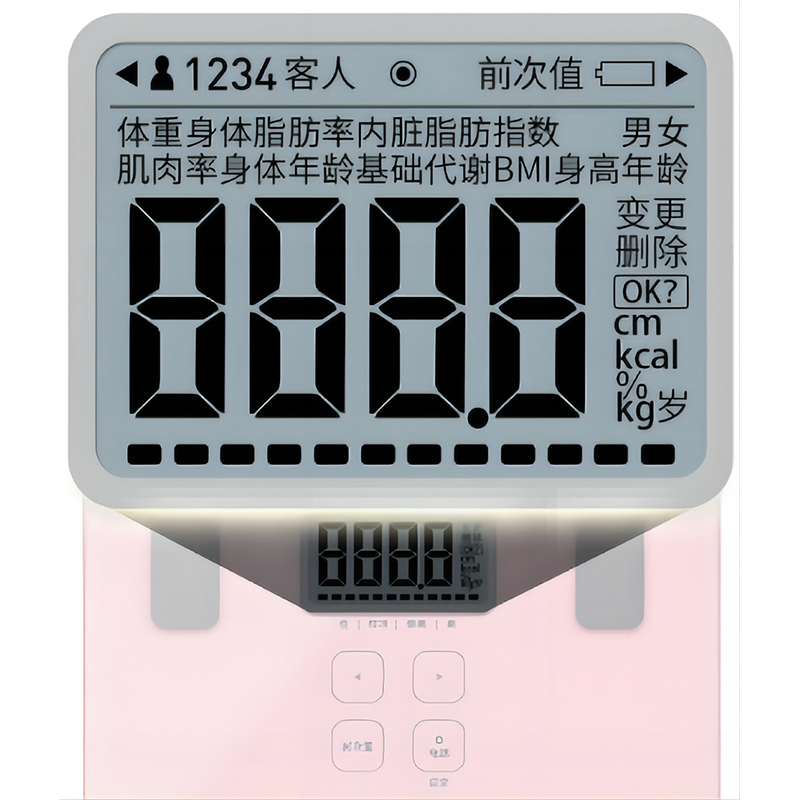
This comprehensive guide helps you understand the nuances of dot matrix display modules, enabling you to select the perfect module for your specific needs. We'll explore different types, key specifications, and application considerations to guide you through the selection process. Whether you're working on a simple project or a complex industrial application, this guide will provide the knowledge you need to make an informed decision.
Dot matrix display modules are a type of display technology that uses a matrix of LEDs, LCDs, or other light-emitting elements to create alphanumeric characters and simple graphics. Each character or graphic is formed by illuminating a specific pattern of dots within the matrix. They are widely used in various applications due to their cost-effectiveness, reliability, and ease of integration.
Several types of dot matrix display modules exist, each with its own characteristics and advantages:
The resolution of a dot matrix display module refers to the number of dots (pixels) arranged in rows and columns. Higher resolutions offer sharper images and more detailed text. The physical size of the display is also crucial for your application. Choose a size that is appropriate for the available space and the viewing distance.
Brightness and contrast are essential factors determining readability. Higher brightness levels are ideal for applications with bright ambient light, while high contrast ratios ensure clear readability in various lighting conditions. Consider the environment where the display will be used when making your selection.
Dot matrix display modules typically interface with microcontrollers or other electronic devices through various interfaces such as I2C, SPI, or parallel interfaces. Choose a module that is compatible with your existing hardware or control system. The control method, whether it's static or dynamic, will also impact your design.
Power consumption is a vital factor, especially in battery-powered applications. Low-power dot matrix display modules are crucial for extending battery life. Check the specifications carefully and select a module that meets your power budget.
Choosing the appropriate dot matrix display module involves careful consideration of your application's specific requirements. Factors such as size, resolution, brightness, power consumption, and interface compatibility must be carefully evaluated. Often, a trade-off between cost and performance needs to be made.
For example, a high-resolution display might be ideal for detailed graphics, but it could also be more expensive and consume more power than a lower-resolution alternative. Similarly, a high-brightness display is better for outdoor use but might use more energy. Careful planning will ensure you select the most suitable module for your project.
Dot matrix display modules find widespread use across many industries. Some key applications include:
The versatility of dot matrix display modules makes them a popular choice for numerous applications requiring simple yet effective visual feedback. For more information on high-quality dot matrix display modules, visit Dalian Eastern Display Co., Ltd., a leading manufacturer in the industry. They offer a wide range of customizable options to meet diverse requirements.
| Feature | LED Display | LCD Display |
|---|---|---|
| Brightness | High | Moderate |
| Power Consumption | High | Low |
| Viewing Angle | Narrow | Wide |
| Cost | Moderate | Low to Moderate |
This information is for general guidance only. Always refer to the manufacturer's specifications for detailed information on specific dot matrix display modules.












